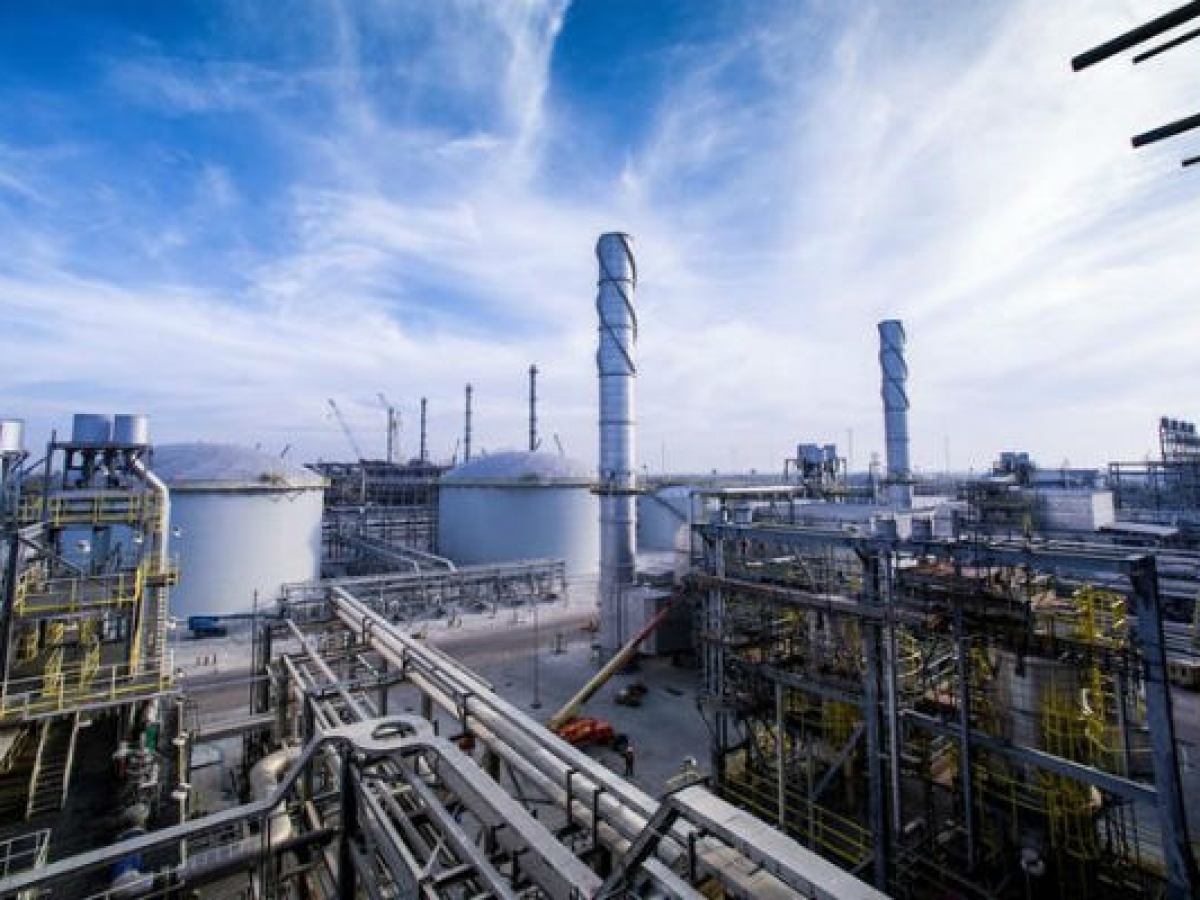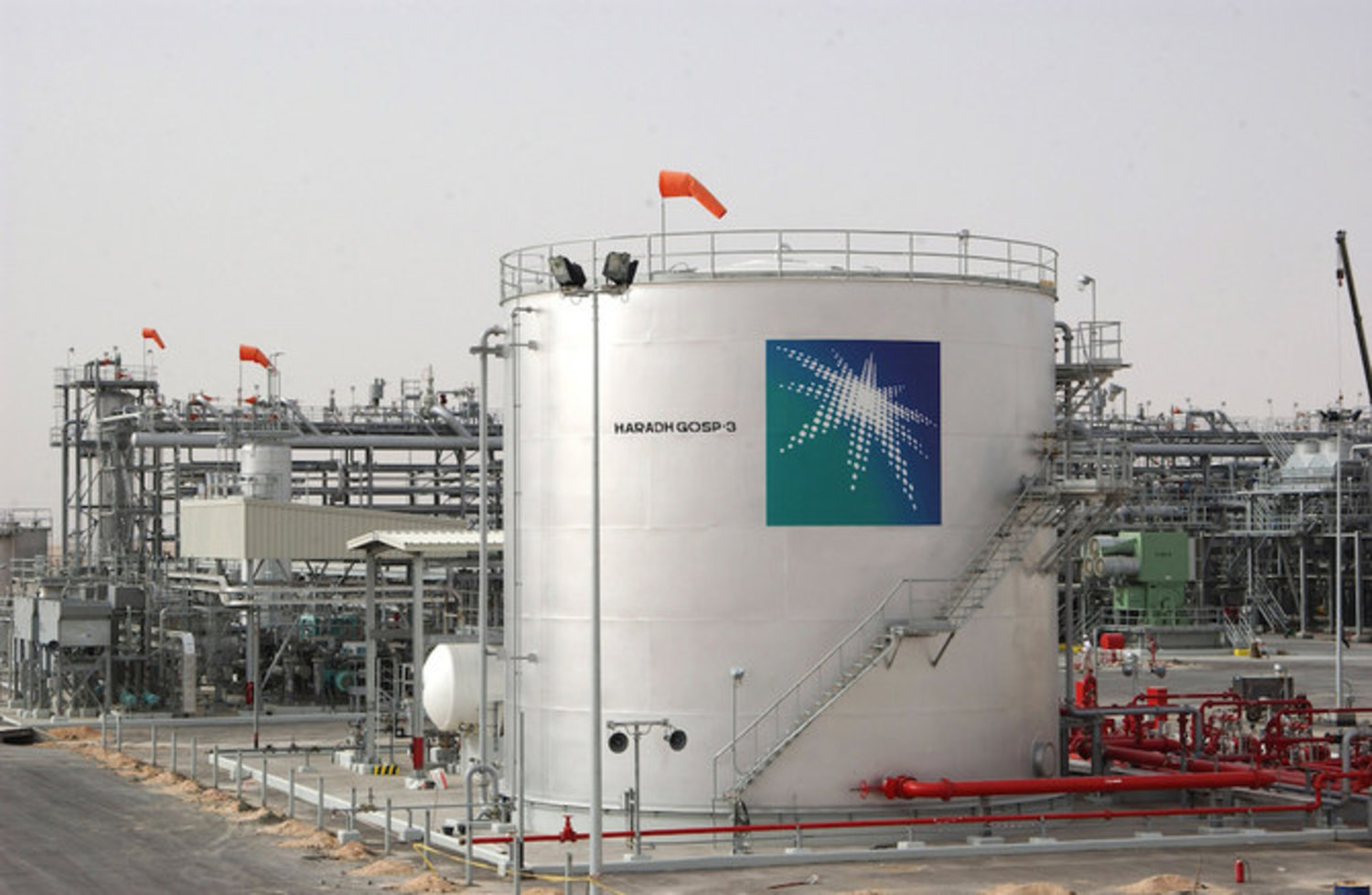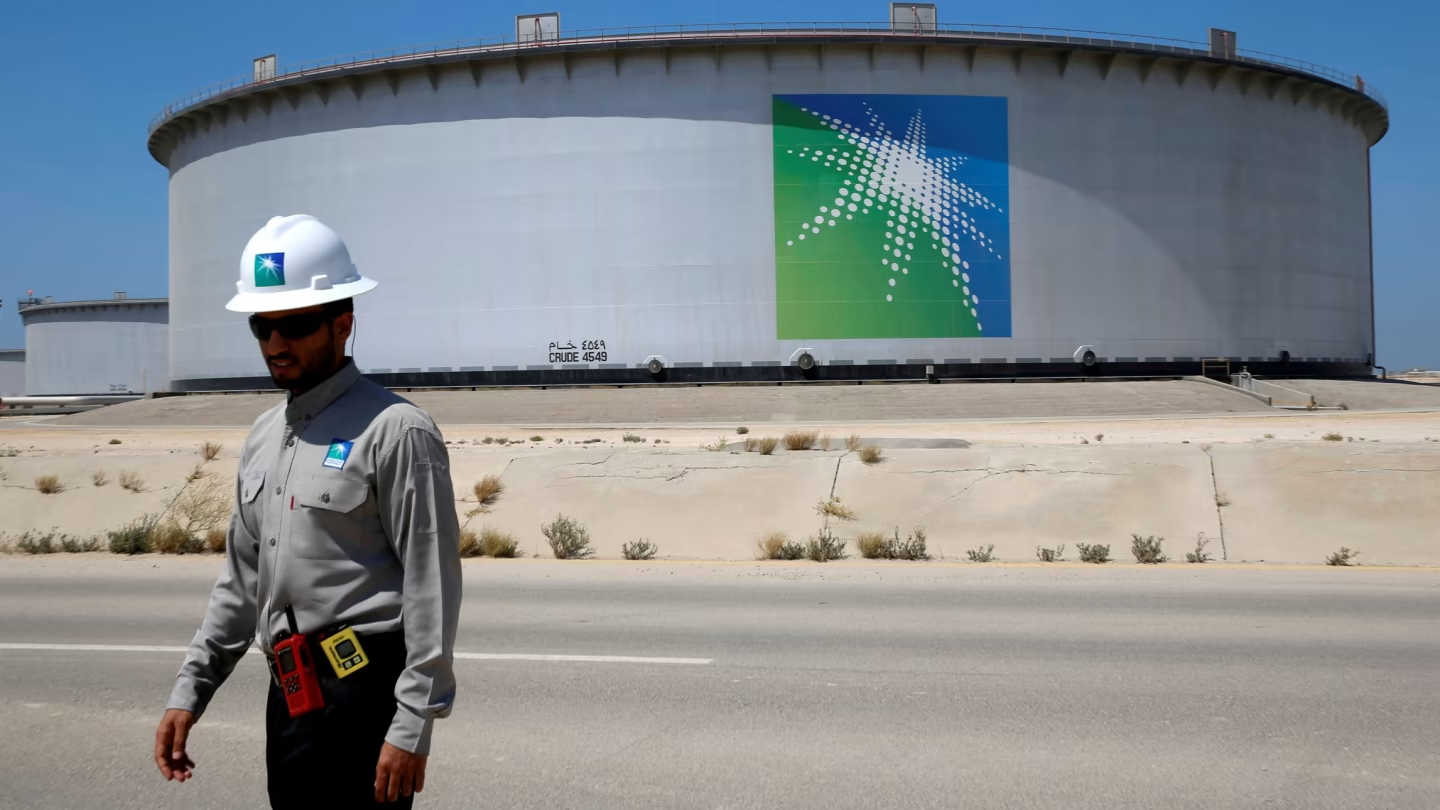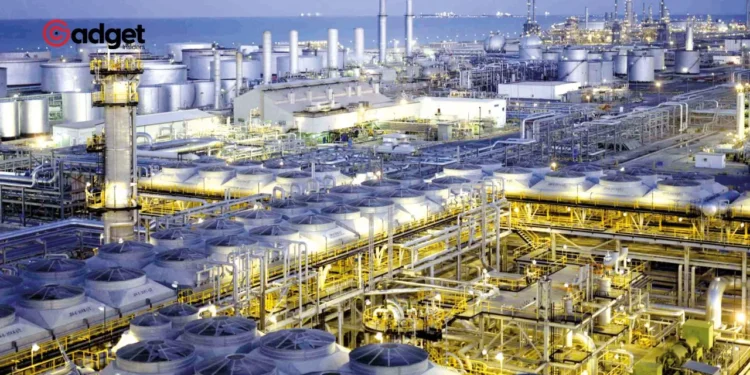Saudi Arabia’s state-owned oil giant, Aramco, has maintained a substantial $31 billion dividend payout to investors and the Saudi government, demonstrating a significant commitment to economic stability even as the company reported a dip in profits.
This decision plays a pivotal role in supporting the kingdom’s financial health, particularly as it faces a persistent budget deficit amid fluctuating crude prices.

Aramco’s Resilient Payout Strategy
Despite experiencing a 14% decline in net income, totaling $27.3 billion for the first quarter compared to the previous year, Aramco’s dividend policy remains unchanged.
The company’s ability to sustain its payouts is particularly noteworthy given the current economic backdrop, where global oil prices are trading significantly below the level needed for Saudi Arabia to balance its budget.
According to Bloomberg Economics, the kingdom requires oil prices to be around $108 a barrel to meet its budgetary needs, yet recent trading levels hovered near $83 a barrel.
This steadfast approach to dividends underscores the importance of such distributions for the kingdom, especially as Crown Prince Mohammed bin Salman drives forward ambitious economic diversification plans.
Projects like Neom—a futuristic mega-city envisioned to be a hub for tourism and innovation—are central to these efforts, despite recent scaling back and delays extending beyond the 2030 timeline.
Saudi Aramco to distribute a $31 billion dividend in Q1 despite a dip in net income due to lower oil prices and sales volumes.
The payout is crucial for the Saudi government, which holds an 82.2% stake, as the kingdom aims to diversify its economy. #Aramco #OilAndGas… pic.twitter.com/avMjyNtcYs
— thehardnewsdaily (@TheHardNewsD) May 7, 2024
Economic Transformations and Challenges
Saudi Arabia’s broader economic strategy also involves significant investments in sectors outside of its traditional oil industry. The Crown Prince’s vision includes acquiring stakes in global sporting leagues and expanding the kingdom’s tourism sector.
These initiatives are part of a broader strategy to decrease the country’s dependence on oil revenues.
However, the economic transformation has not been without its challenges. The Saudi economy has contracted for three consecutive quarters, and the budget has been in deficit for six quarters in a row. These factors make Aramco’s reliable dividends even more critical as a source of financial stability for the country.

Global Context and Future Prospects
On the international stage, Aramco continues to attract attention from global investors. Recent discussions about a potential follow-on offering of Aramco’s shares indicate ongoing efforts to raise capital.
The prospect of such an offering is closely watched by international markets, particularly given previous hesitations during Aramco’s 2019 IPO concerning the kingdom’s valuation expectations.
In addition to its financial maneuvers, Saudi Arabia plays a pivotal role in global oil dynamics as a leader in the Organization of Petroleum Exporting Countries (OPEC).
The group is set to meet on June 1 to discuss extending production curbs, with most analysts expecting an extension through the end of 2024 to stabilize prices and prevent a supply surplus.

Looking Forward
Aramco’s ability to maintain substantial dividends amidst economic and market challenges not only reflects its strategic importance to Saudi Arabia but also highlights the kingdom’s intricate balancing act between maintaining financial stability and pursuing transformative economic changes.
As the world watches, the outcomes of these strategies will significantly impact both regional and global economic landscapes.










